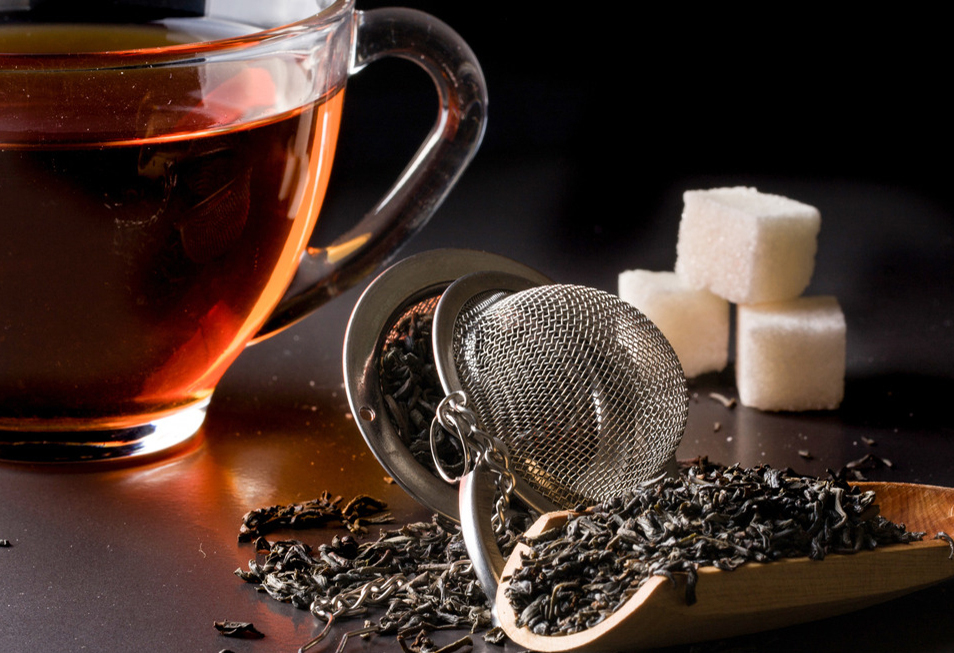Siberian tea leaves and tea strainers of the 19th century
"Siberian tea" was prepared in a special way using a "Siberian strainer".
Cleaning tea infusion. German and Siberian strainers.
To clean tea, a so-called "folding spoon" was often used - a sieve consisting of two halves pressed together. It was often used to brew tea from the second half of the 19th century. The flaps were unclenched, tea was poured between them, the flaps were closed and the device was lowered into hot water, stirring it.
In fact, this was the prototype of the "tea bags" and "tea pyramids" of our time. Such folding spoons were intended for multiple use. A significant part of these devices were brought to Russia from Germany and were also known as "German strainers".
A frequently used alternative to the "folding spoon" was the so-called "Siberian strainer", which was often hung under the samovar tap and operated in "flow mode" (water from the samovar tap was filtered through the tea in the hanging strainer).
"Siberian strainers" were quite common in the second half of the 19th century, but were not suitable for all consumers, as only the best quality tea was supposed to be poured into them.
Siberian tea leaves.
Dry high-quality tea was poured into a strainer and rinsed with boiling water. The first brew, the "first brew" (strong and tart), was poured out. In the language of the second half of the 19th century, the first brew was "thrown away". Then, holding the tea with a strainer under the tap of the samovar, the tea was strained directly into a cup, glass, or other vessel. So, there is nothing new "oriental" in modern tea drinking with pouring - we already drank tea like this in the 19th century.
Author: Candidate of Historical Sciences Ivan Alekseevich Sokolov
- Комментарии
- Вконтакте






